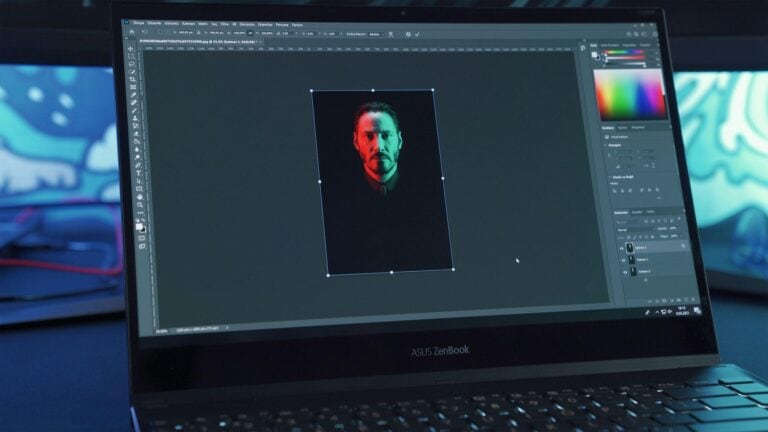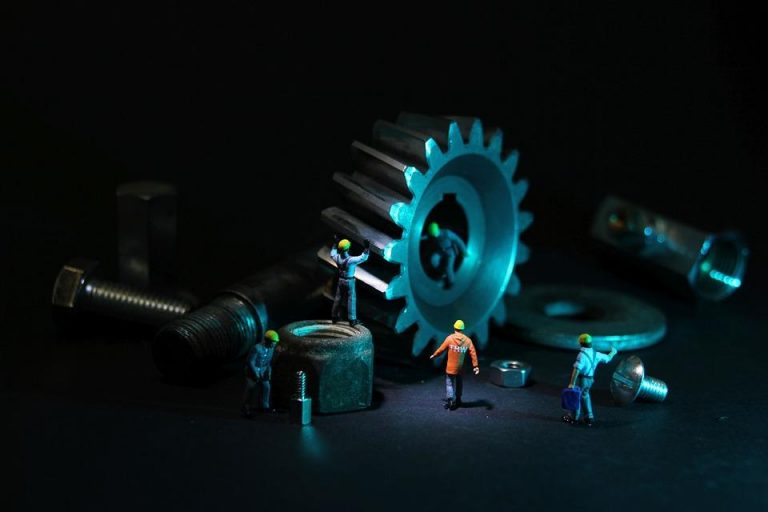Guide to Selecting and Buying 3D Printers in 2018

3D printers are now more commonplace in homes than ever before, thanks to the technology having advanced massively in just the past few years. Finding the right 3D printer for your home or business in 2018 is all about figuring out exactly which makes and models are likely to be the best fit for your needs.
Services such as Total3DPrinting offer regular guides and reviews on tried-and-tested models as well as those which are shaking up the market – though today, we are going to take some time out to consider a few of the big questions you should be asking while you are on the lookout for the perfect 3D printing fit for your home office.
What Do You Need a 3D Printer For?
While the mass availability of 3D printers in 2018 will likely inspire any gadget-mad household, it is also worth remembering that these pieces of kit are only ever recommended when you have a genuine purpose for them. Getting into 3D printing can be a long and often expensive process – which isn’t to say that it’s not a lot of fun along the way.
In any case, picking up a 3D printer for the home isn’t really the same as repairing or replacing your traditional printer – you’re going to need to consider why you’ll need such equipment on a regular basis, and ergo which brands and models are likely to facilitate those needs.
Some of the major questions you should be asking – apart from how much it costs to buy a printer outright – revolve around exactly what you want to print. What do you want to use your printer for?
What materials do you want to use?
Is it cost-effective to do so if you are printing for a business or on a commercial basis?
Are there any particular limitations in the printers you are looking at which could prove tricky for your projects further down the line? These are all things to consider in as much detail as possible – however, there’s never any need to get bogged down.
What are the Main Types of 3D Printer?
There are perhaps more types of 3D printing technology out there than you may have expected. It’s generally considered that around nine different technologies make up the 3D printing scene in general, and depending upon what you can afford and what you want to do with your printer, some tech may be more useful than others.
Fused Deposition Modelling, or FDM, is widely used in the home and is perhaps one of the most common technologies you’ll buy into.
They are the least expensive, and work on a basis of layer by layer printing through filament heating. These printers lower an object in process so that each layer can be added on. FDM is inexpensive to run compared to other tech, but with over 50 different brands and firms offering this type of 3D printing, you may be spoilt for choice!
Stereolithography, or SLA, is the other most common form of 3D printing available for the home. This method of printing creates parts during printing by exposing resin to an ultraviolet beam, essentially solidifying liquid plastic into shapes and layers which you have requested of it.
Many people prefer SLA as precision is thought to be greater – but for cost concerns, FDM arguably wins out.
Other Things to Consider
Before you buy your first 3D printer, you should hopefully have a few ideas already in place as to what to expect from your project, and with regards to what you’ll need.
Always look at the speed of printers involved. 3D printing can be a lengthy process, and while some more expensive models may promise speedier processing, you also need to consider the quality of the end product, too. Look at the print resolution offered – smaller resolution is always better.
Think carefully, too, about the materials you might wish to use when printing in 3D. With various models, you can use PVA, which is popularly used in support structures during printing, ABS, which is tough, resilient plastic that can be found from kids’ toys to kitchen appliances, and PLA, which is seen as an eco-friendly alternative.
Don’t Leap In
The best advice we can give when it comes to buying your first 3D printer is to consider your options carefully. It’s a big investment! Get your projects outlined and your budget in place – and always, always shop around for the best deals.
Guide to Selecting and Buying 3D Printers in 2018
3D printers are now more commonplace in homes than ever before, thanks to the technology having advanced massively in just the past few years. Finding the right 3D printer for your home or business in 2018 is all about figuring out exactly which makes and models are likely to be the best fit for your needs.
Services such as Total3DPrinting offer regular guides and reviews on tried-and-tested models as well as those which are shaking up the market – though today, we are going to take some time out to consider a few of the big questions you should be asking while you are on the lookout for the perfect 3D printing fit for your home office.
What Do You Need a 3D Printer For?
While the mass availability of 3D printers in 2018 will likely inspire any gadget-mad household, it is also worth remembering that these pieces of kit are only ever recommended when you have a genuine purpose for them. Getting into 3D printing can be a long and often expensive process – which isn’t to say that it’s not a lot of fun along the way.
In any case, picking up a 3D printer for the home isn’t really the same as repairing or replacing your traditional printer – you’re going to need to consider why you’ll need such equipment on a regular basis, and ergo which brands and models are likely to facilitate those needs.
Some of the major questions you should be asking – apart from how much it costs to buy a printer outright – revolve around exactly what you want to print. What do you want to use your printer for?
What materials do you want to use?
Is it cost-effective to do so if you are printing for a business or on a commercial basis?
Are there any particular limitations in the printers you are looking at which could prove tricky for your projects further down the line?
These are all things to consider in as much detail as possible – however, there’s never any need to get bogged down.
What are the Main Types of 3D Printer?
There are perhaps more types of 3D printing technology out there than you may have expected. It’s generally considered that around nine different technologies make up the 3D printing scene in general, and depending upon what you can afford and what you want to do with your printer, some tech may be more useful than others.
Fused Deposition Modelling, or FDM, is widely used in the home and is perhaps one of the most common technologies you’ll buy into. They are the least expensive, and work on a basis of layer by layer printing through filament heating. These printers lower an object in process so that each layer can be added on.
FDM is inexpensive to run compared to other tech, but with over 50 different brands and firms offering this type of 3D printing, you may be spoilt for choice!
Stereolithography, or SLA, is the other most common form of 3D printing available for the home. This method of printing creates parts during printing by exposing resin to an ultraviolet beam, essentially solidifying liquid plastic into shapes and layers which you have requested of it. Many people prefer SLA as precision is thought to be greater – but for cost concerns, FDM arguably wins out.
Other Things to Consider
Before you buy your first 3D printer, you should hopefully have a few ideas already in place as to what to expect from your project, and with regards to what you’ll need.
Always look at the speed of printers involved. 3D printing can be a lengthy process, and while some more expensive models may promise speedier processing, you also need to consider the quality of the end product, too. Look at the print resolution offered – smaller resolution is always better.
Think carefully, too, about the materials you might wish to use when printing in 3D.
With various models, you can use PVA, which is popularly used in support structures during printing, ABS, which is tough, resilient plastic that can be found from kids’ toys to kitchen appliances, and PLA, which is seen as an eco-friendly alternative.
Don’t Leap In
The best advice we can give when it comes to buying your first 3D printer is to consider your options carefully. It’s a big investment! Get your projects outlined and your budget in place – and always, always shop around for the best deals.




